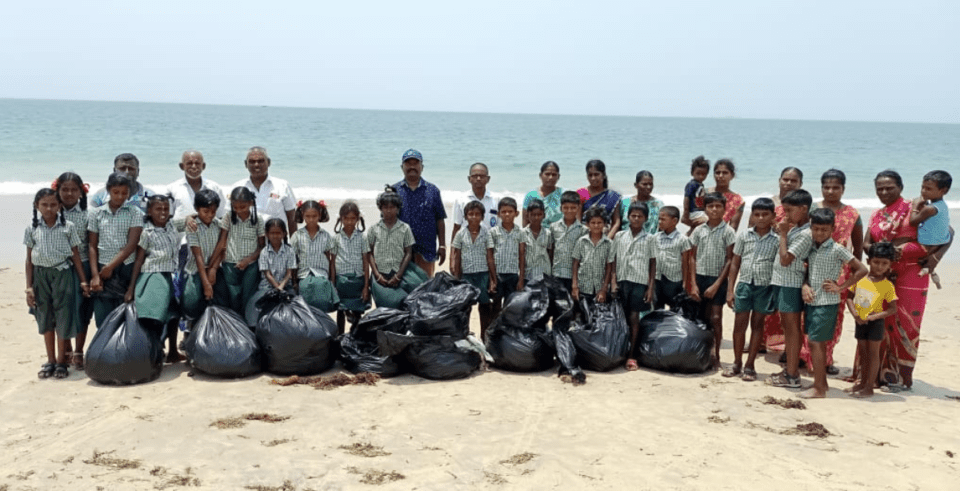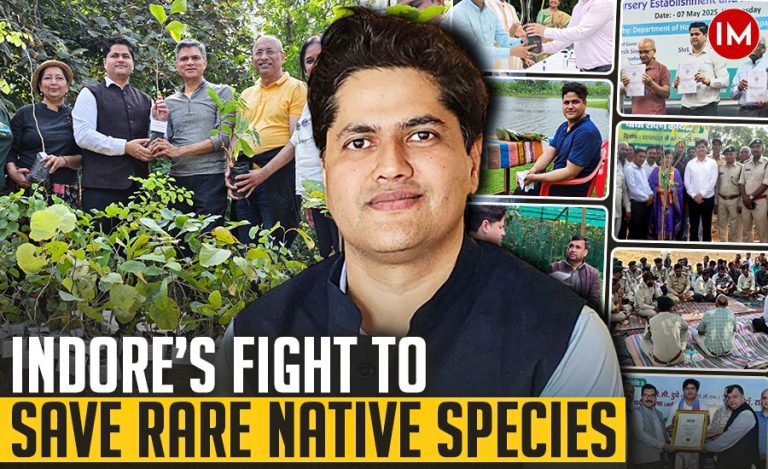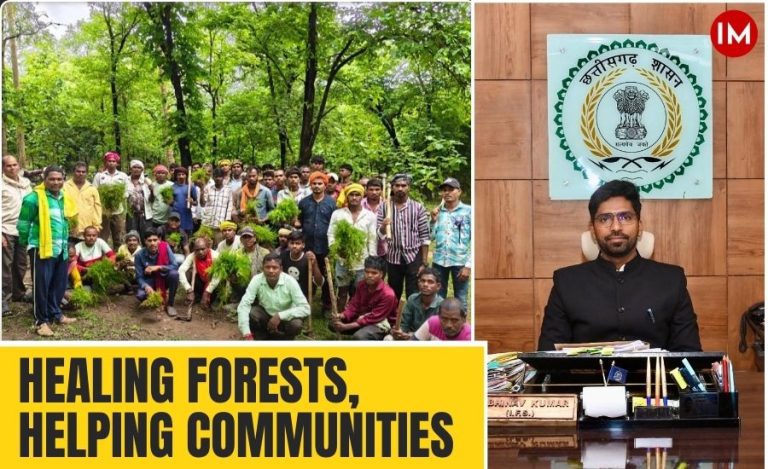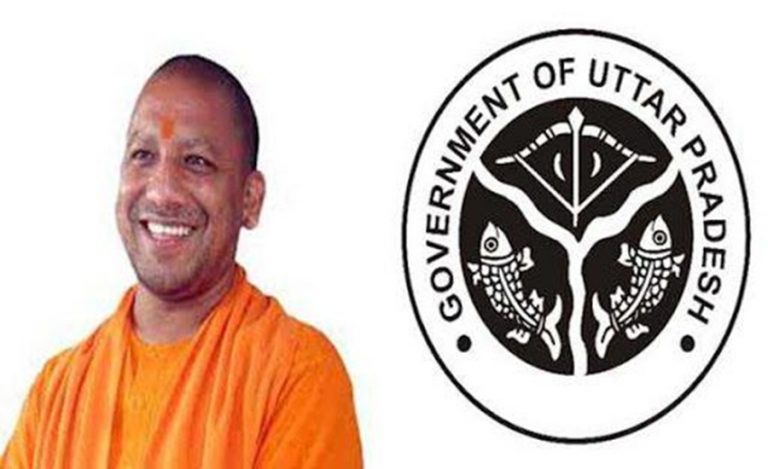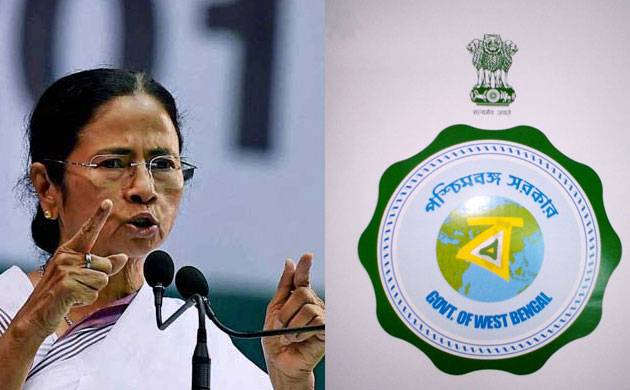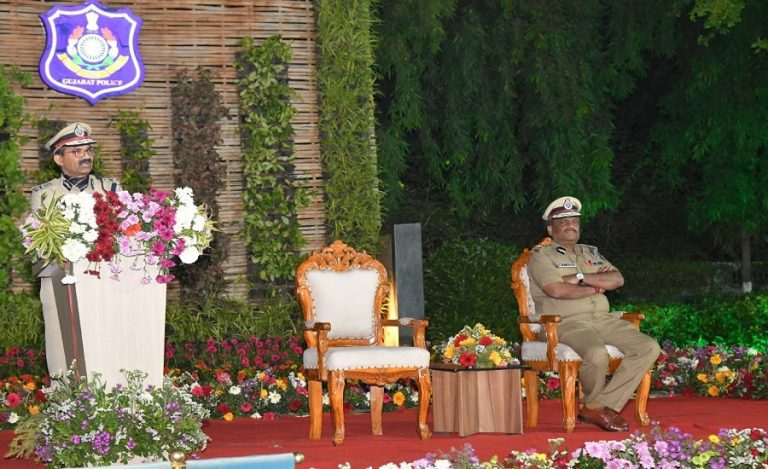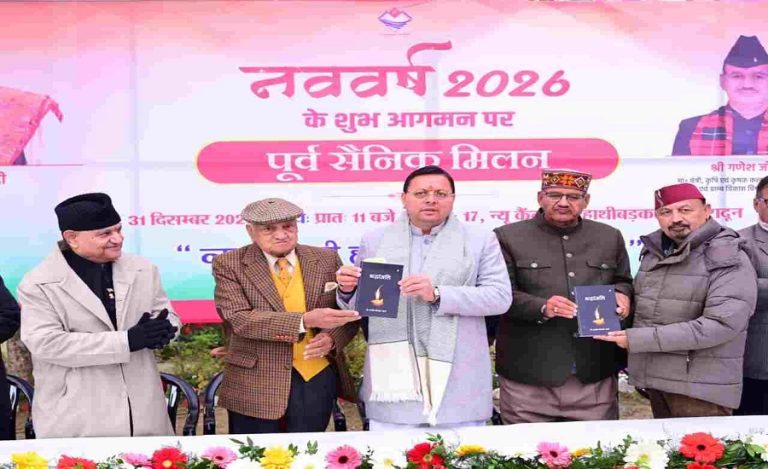Who would have thought a plastic collection drive on an Indian coastline would bring eye-opening results? But, yes, that’s what happened! The collection of 10 tons of plastic waste in just three days from the shoreline has proved that through community engagement, our environment can be saved from the adverse effects of various kinds of pollutants.
The Gulf of Mannar Biosphere Reserve in Ramanathapuram district of Tamil Nadu conducted a 3-day plastic collection drive on the bay shoreline on the occasion of World Forestry Day 2022, starting from March 21 to 23. It was carried out on an experimental basis to see what results it brings. The positive results have now enthused everyone involved in the exercise, and the further plan is to use the recycled plastic waste in the construction of roads.
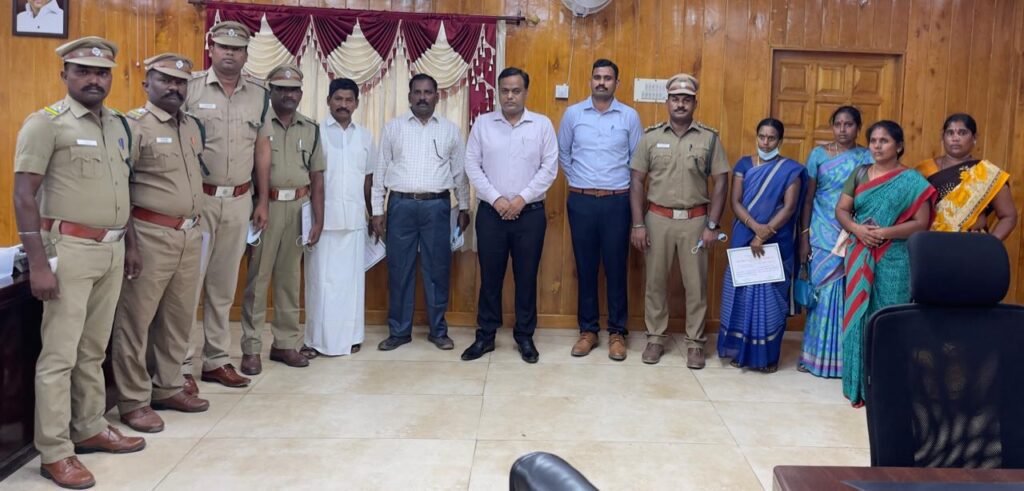
In an exclusive conversation with Indian Masterminds, Mr. Bakan Jagdish Sudhakar, IFS, Wildlife Warden & Director, Gulf of Mannar Marine National Park & Biosphere Reserve, not only talked about the plastic collection drive in detail, but also about the ongoing conservation efforts for marine life.
COLLECTIVE EFFORTS
“In the three days of the plastic collection drive, we collected around 10 tons of plastic waste. The waste is being transported to shredding stations where, after getting segregated, around 50 per cent of it can be recycled and used as building material for roads,” Mr. Sudhakar said.
Emphasising how collective work can bring amazing results, he said, “The efforts were not of Mannar Biosphere Reserve Trust alone. Self Help Groups, EDCs and local villagers were also involved in our campaign. Without their involvement, this much collection wouldn’t have been possible.”
ECO DEVELOPMENT COMMITTEES
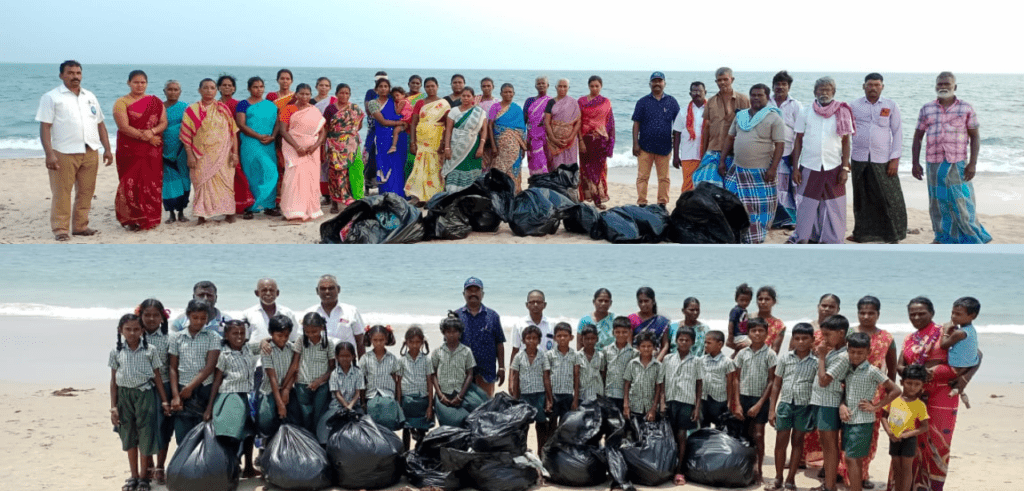
Talking about Eco Development Committees (EDC) that were established under UNESCO’s ‘Man and Biosphere Reserve Programme’, he said, “One of the purposes of biosphere reserve is to combine the livelihood with the conservation of marine ecology. There are 252 EDCs in 252 coastal villages. In each EDC, there are around 5 to 6 Self Help Groups, the total number being 2552 SHGs. These SHGs involve around 30 to 35 thousand of women workers. So, our team approached them with our idea of a plastic collection drive, and they all happily agreed to it.”
GREEN AND BLUE CHALLENGE
In addition to the plastic waste Collection drive, other activities were also conducted. Ramnathpuram Wildlife Division organised Blue and Green Challenge for school children, organisations, and individuals. The Meendum Manjapai campaign, which means ‘Return to cloth bags’,was also flagged off by the district administration during this time.
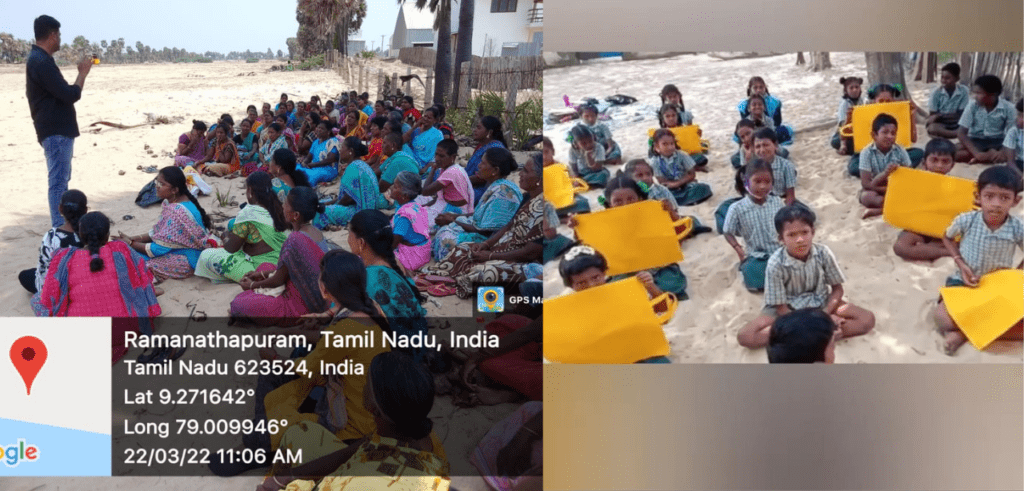
Green Challenge had parameters like green cover on campus, which is the number of trees, promotion of Meendum Manjapai and sustainable waste disposal. While Blue Challenge had parameters like quantity of collected plastic waste, total cleaned beach area, etc. People were asked to send the photos of various species of trees in their campus, GPS locations and pics of cleaning drive along the seashores. On the basis of these activities, they were given prizes and certificates.
Mr. Sudhakar said that the activities were conducted to raise awareness about the importance of forest and the three forest-related facets- Protection, Production and Recreation. In the presence of Additional District Collector Praveen Kumar, IAS, ASP Deepak Siwach, IPS, other activities like releasing of 150 Olive Ridley Sea Turtles hatchlings in Dhanuskodi seashore, distribution of Manjapai to students, eco development committee members and fishermen also took place.
REIMAGINED SUSTAINABLE LIVELIHOODS
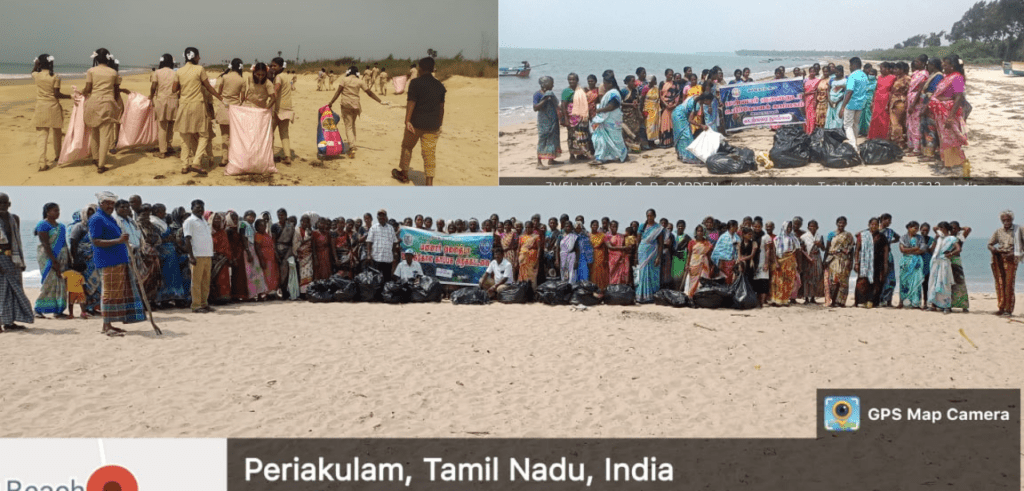
There are about 47 villages along the coastal line of the Biosphere Reserve. It is located between the southeastern tip of India and Sri Lanka, comprising of 21 islands and adjoining coastlines, constituting an area of 10,500 sq.km. It was established in 1989 and was recognised by UNESCO in 2001.
Mr. Sudhakar said, “It is South Asia’s first marine biosphere reserve where conservation and livelihood both go hand in hand. Various workshops are conducted here to train local people about alternative livelihoods, apart from fisheries.
Recently, a UNESCO workshop was conducted to train students and youths and make them technology friendly in terms of growing local businesses.
“We have a list of 50 plus unique products which are made by women of Self Help Groups, like fish pickle, sanitary pads, souvenir items, etc. Some of these products are already available online. The workshop trained people to make and edit short marketing videos of these products. They were taught various techniques which can help them to explore an alternative livelihood.”
ABOUT GULF OF MANNAR
The Gulf of Mannar occupies a prominent place in the cultural heritage and history of India. The famous pilgrim centre, Rameswaram, which finds place in Ramayana is situated in the Gulf on the island of Pamban. The region receives about 1.4 million pilgrims on a yearly basis. Also, the presence of 4,223 species of plants and animals, representing from primitive to higher forms, makes it one of the richest coastal regions in India.

